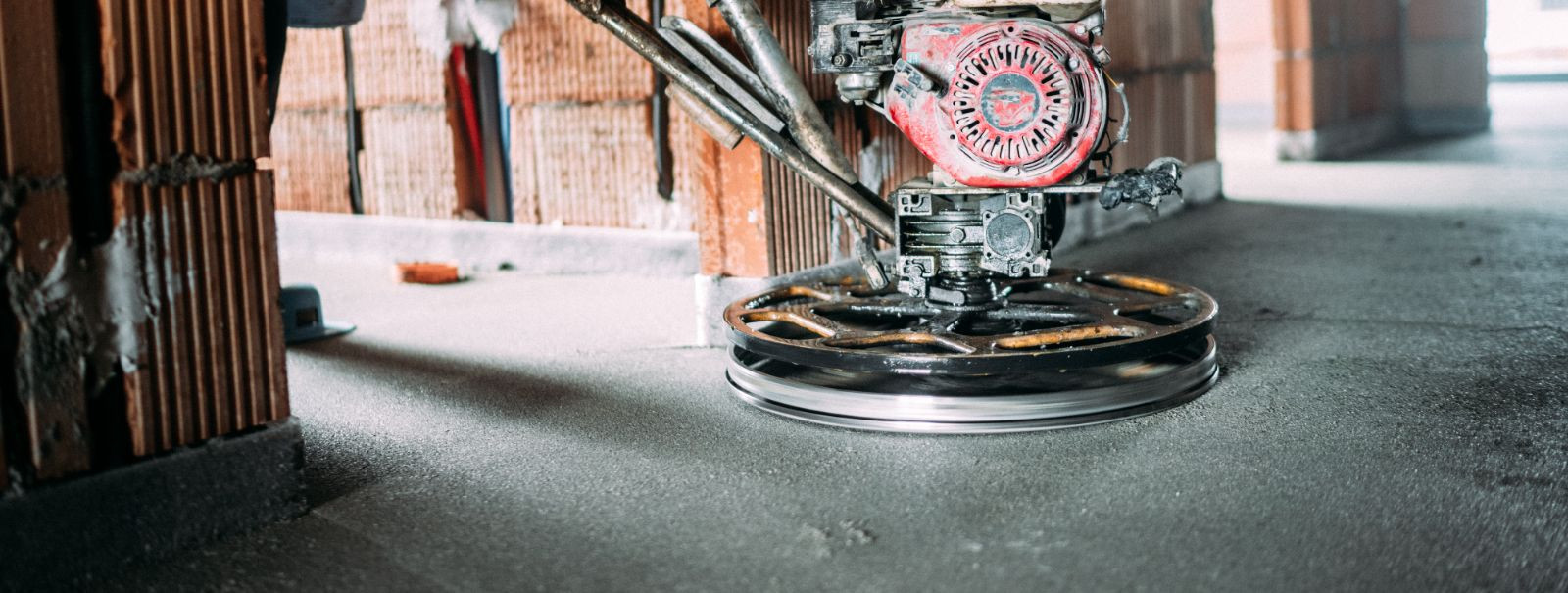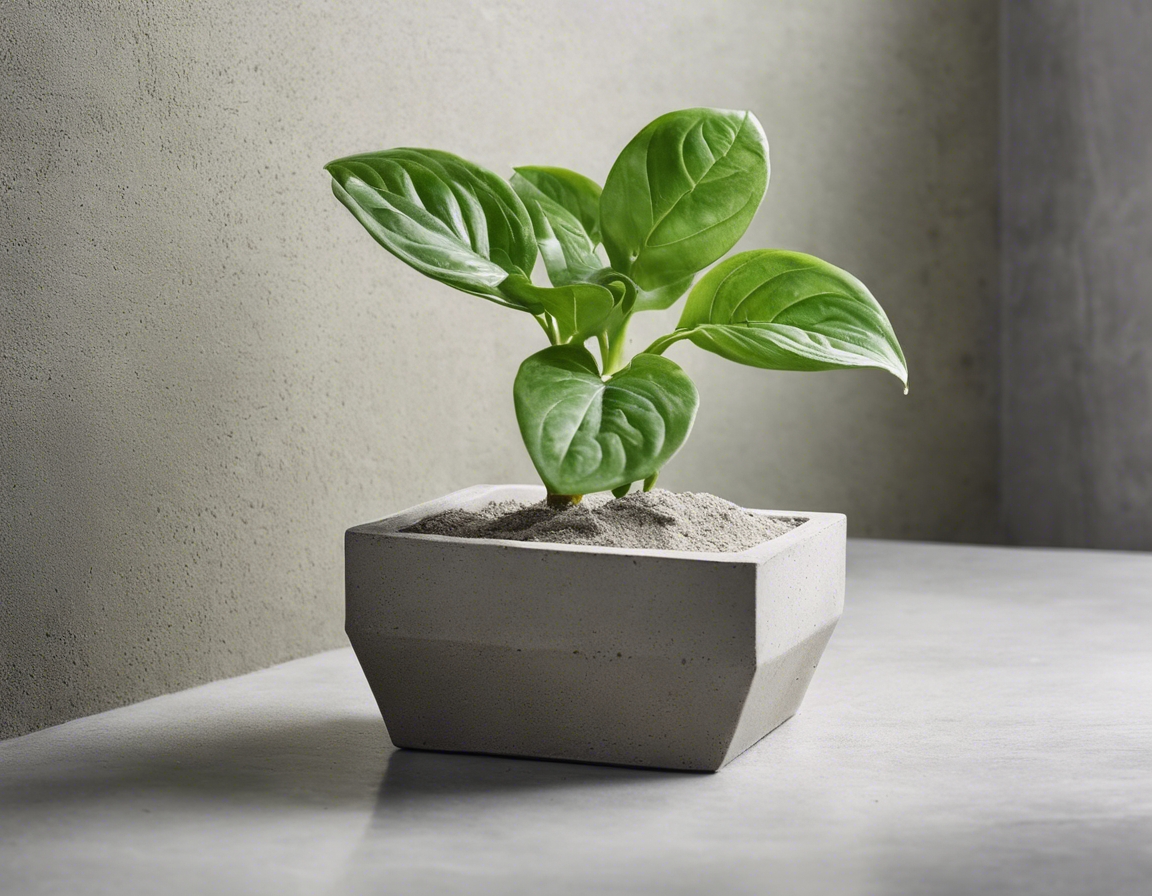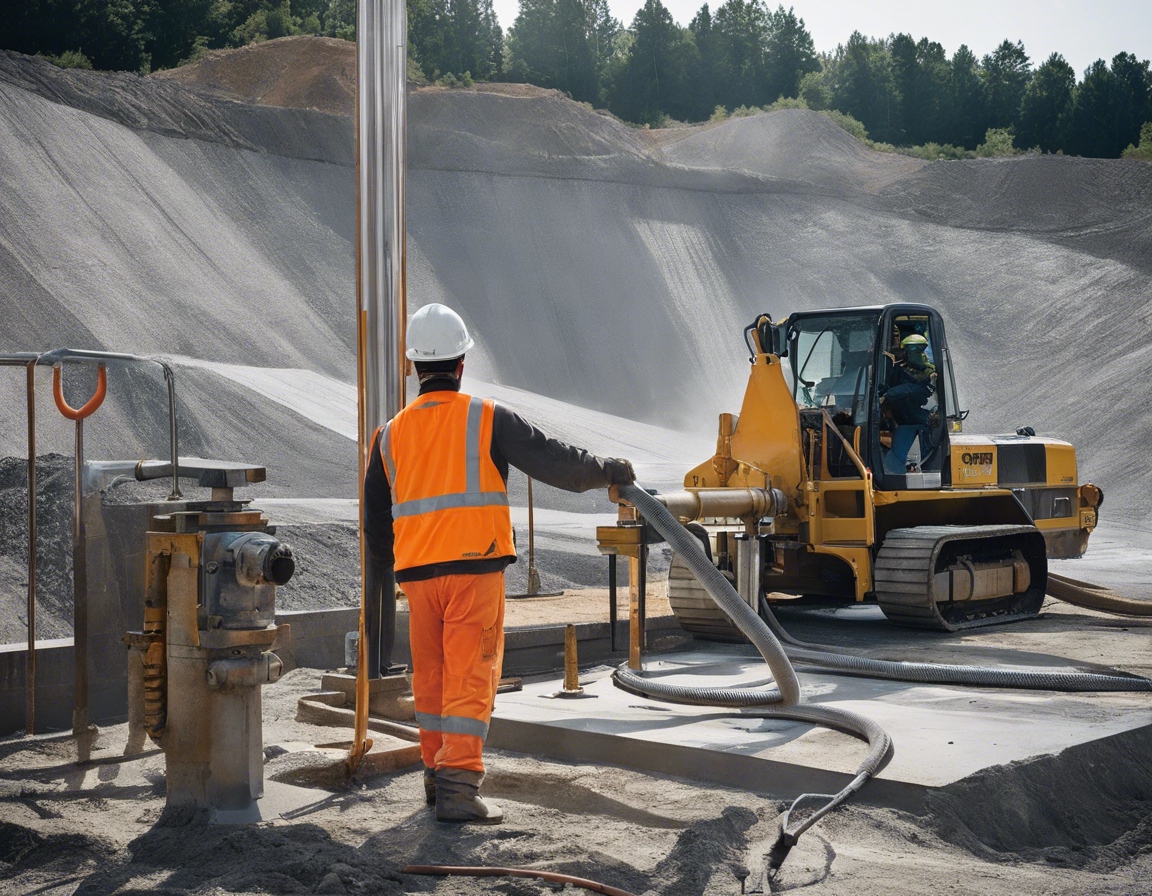The art of pouring perfect concrete floors
Concrete is the backbone of modern construction, offering unparalleled strength, durability, and versatility. Its ability to take on various forms and finishes makes it a favorite among architects and builders alike.
Concrete floors are not only robust and long-lasting but also provide a sleek, modern aesthetic. They are low maintenance, environmentally friendly, and can be designed to suit any style.
Pre-Pouring Essentials
Every concrete floor project is unique, and understanding the specific needs of your project is crucial. This includes load-bearing capacity, surface finish, and integration with other building elements.
Proper site preparation is key to a successful concrete pour. This involves clearing debris, ensuring a stable sub-base, and setting up accurate formwork.
Selecting the appropriate mix is essential for the floor's performance. Factors such as strength, workability, and setting time must be considered.
The Pouring Process
Weather conditions can significantly affect concrete's behavior. Ideal pouring conditions are crucial for avoiding issues like rapid drying or freezing.
From mixing to pouring, each step must be meticulously planned and executed. This includes ensuring the concrete is poured evenly and worked into corners and edges.
Techniques such as screeding, floating, and troweling are used to distribute concrete evenly and achieve a level surface.
Post-Pouring Practices
Curing is vital for strength development and crack prevention. It involves maintaining adequate moisture and temperature for a set period.
Finishing touches can include polishing, texturing, or adding color to enhance the floor's appearance and longevity.
Maintenance and Longevity
Simple practices such as regular cleaning and sealing can extend the life of concrete floors.
With proper care, concrete floors can last for decades. This section will cover strategies to maintain the floor's integrity over time.






Comments (0)